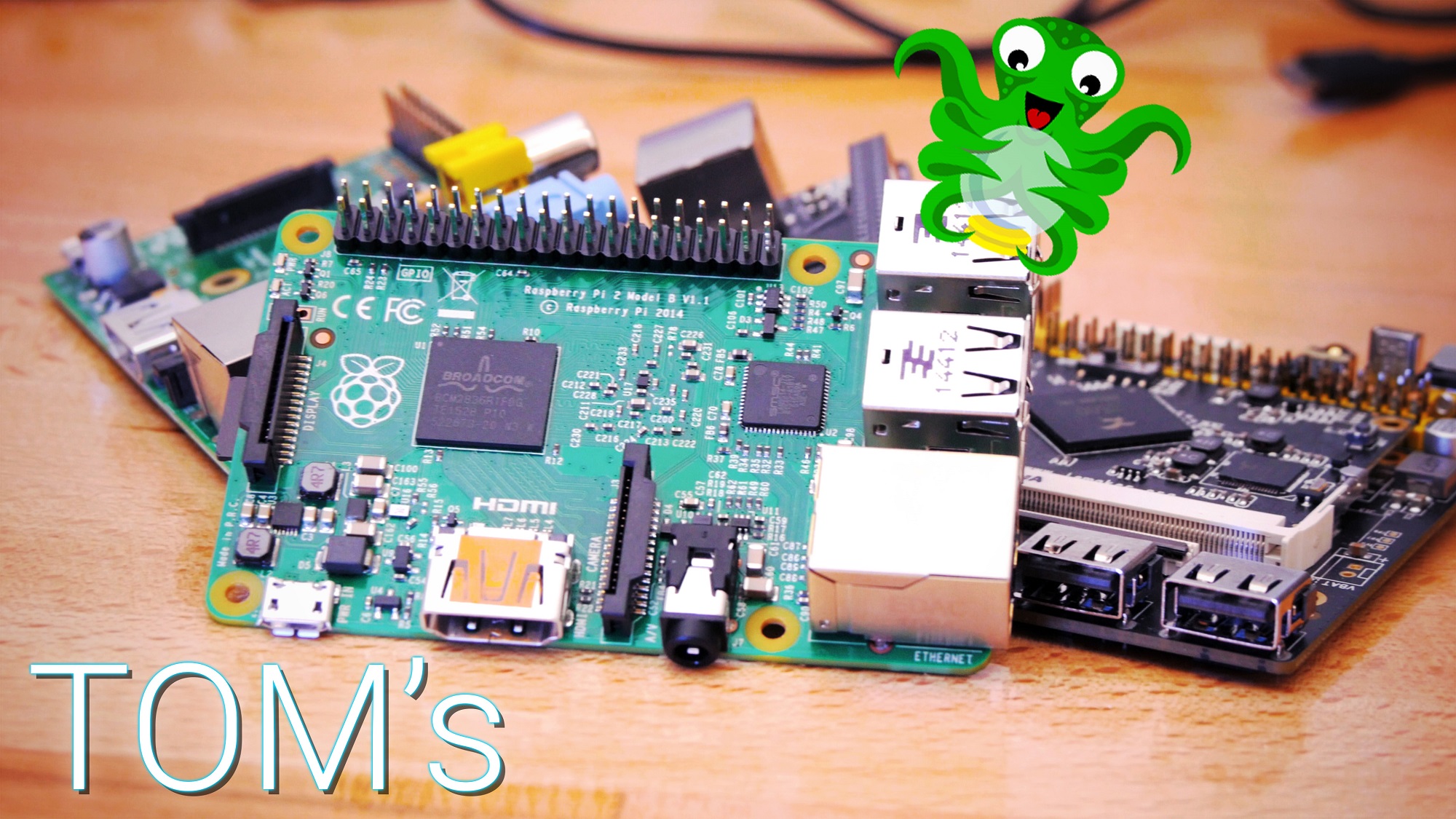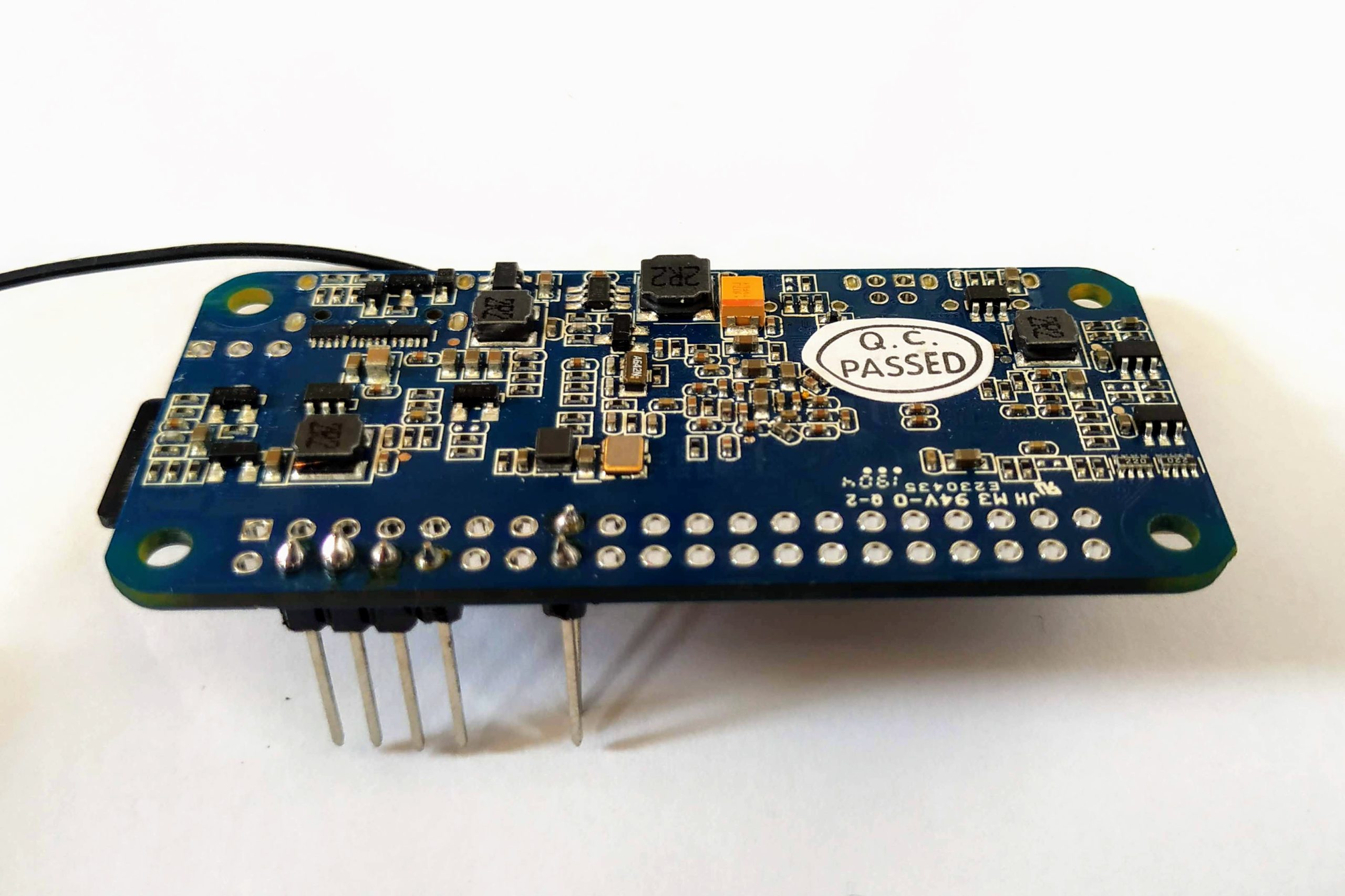

It also has a tiny footprint, built-in USB hub, etc. It has the same chip as the Banana Pi Zero M2 (AllWinner H2+), which is much more powerful than a Raspberry Pi Zero. I had picked up a half dozen OrangePi Zero boards on AliExpress with the intention of using them for some cheap, portable retro consoles in combination with some composite backup displays. TLDR: RVV 0.7.1 in the D1 chip and the ratified 1.0 are a little different, but 0.7.1 is not only the sole length-agnostic vector ISA available on an SBC, but is also close enough to prototype code that will usually require only minor changes to wrk on 1.0.For about $20, you can upgrade your 3d printer with wifi, ethernet, a web-based management interface, and still run it all off the single power cable that your printer came with, and without soldering anything. If the prior vsetvli specified 8 bit elements with e8 then the operation is the same.

IN this case the mnemonic was also changed, so 1.0 renames vlbu.v to vle8.u, with the same binary encoding.

One of the biggest changes between 0.7.1 and 1.0 is that loads and stores no longer widen or narrow values, so the opcodes for sign-extended loads were no longer required and were reassigned. With one caveat: to be binary compatible with v1.0 the vlb.v instruction in memcpy() should be changed to vlbu.v. the code here and here which I tested on a D1 board a year ago. Some code is binary-compatible between them, for example the natural implementations of memcpy(), strcpy(), strlen() and friends is. The overall style and structure of code is unchanged. There are of course differences between RISC-V V 0.7.1 and 1.0. It's not as if you even have a choice of ARM SVE (spec published 2016, or 2019 for SVE2) instead in an SBC. For the moment the choice is 0.7.1 or nothing. You can call this "obsolete", but as there are no competing chips on the market now with a newer version - and probably not for the next 12 months - I'm not sure that's really fair. Sure, as the D1 SoC has been available for a year already and the C906 core it is was designed around 2.5 years ago, it implements an older draft 0.7.1 version of the RISC-V vector spec.

In other sources, itis said to have Vector-instructions but if it does it is most probably an obsolete variant, because the V-extension spec was only finalised last summer and the C906 design is older than that. Findecanor said:The single CPU core is a T-Head XuanTie C906.


 0 kommentar(er)
0 kommentar(er)
